On Architecture

The practice of architecture is often considered a way of life: some view the profession as a service to the community, others as an artistic endeavor. The demands of practice can be great and many architects work tirelessly around the clock on projects of every type, size, and shape. To complement their work, some architects teach or focus on research and theory—ways to keep them intellectually and creatively active.
Featured Architects
Kathryn Tyler Prigmore, FAIA; Richard Neutra; Eero Saarinen
Kathryn Tyler Prigmore, FAIA
African-American,
1956–“I see the type of architecture I practice as service to the country. … For me service is a responsibility, as much as practicing architecture.”






Kathryn Tyler Prigmore is Associate Director at Shalom Baranes Associates. She is among the first 20 African American women registered to practice architecture in the United States. Previous employers include STUDIOS Architecture, HDR, EYP, Segreti Tepper, and VVKR. Prigmore has been engaged in diversifying the profession through Riding the Vortexand similar program for her entire career. A seasoned thought leader and manager of complex award-winning architecture projects in the DC Metropolitan area, and a former academic and regulator, Prigmore was honored in 2002 by the American Institute of Architects as a Fellow for her contributions to the profession and our community.
KTP Photo Credits
1. Photo courtesy of Kate Warren, 2020
2. Photo courtesy of Kathryn Tyler Prigmore, 2020
3. Photo courtesy of Hartman-Cox Architects, 1989
4. Photo courtesy of Kathryn Tyler Prigmore, 1989
5. Photo courtesy of the Washington Post, 1986
2. Photo courtesy of Kathryn Tyler Prigmore, 2020
3. Photo courtesy of Hartman-Cox Architects, 1989
4. Photo courtesy of Kathryn Tyler Prigmore, 1989
5. Photo courtesy of the Washington Post, 1986
Richard J. Neutra
Austrian-American, 1892–1970“I am simply submerged in work from five in the morning to eleven at night; almost need a few days off to escape a breakdown!”



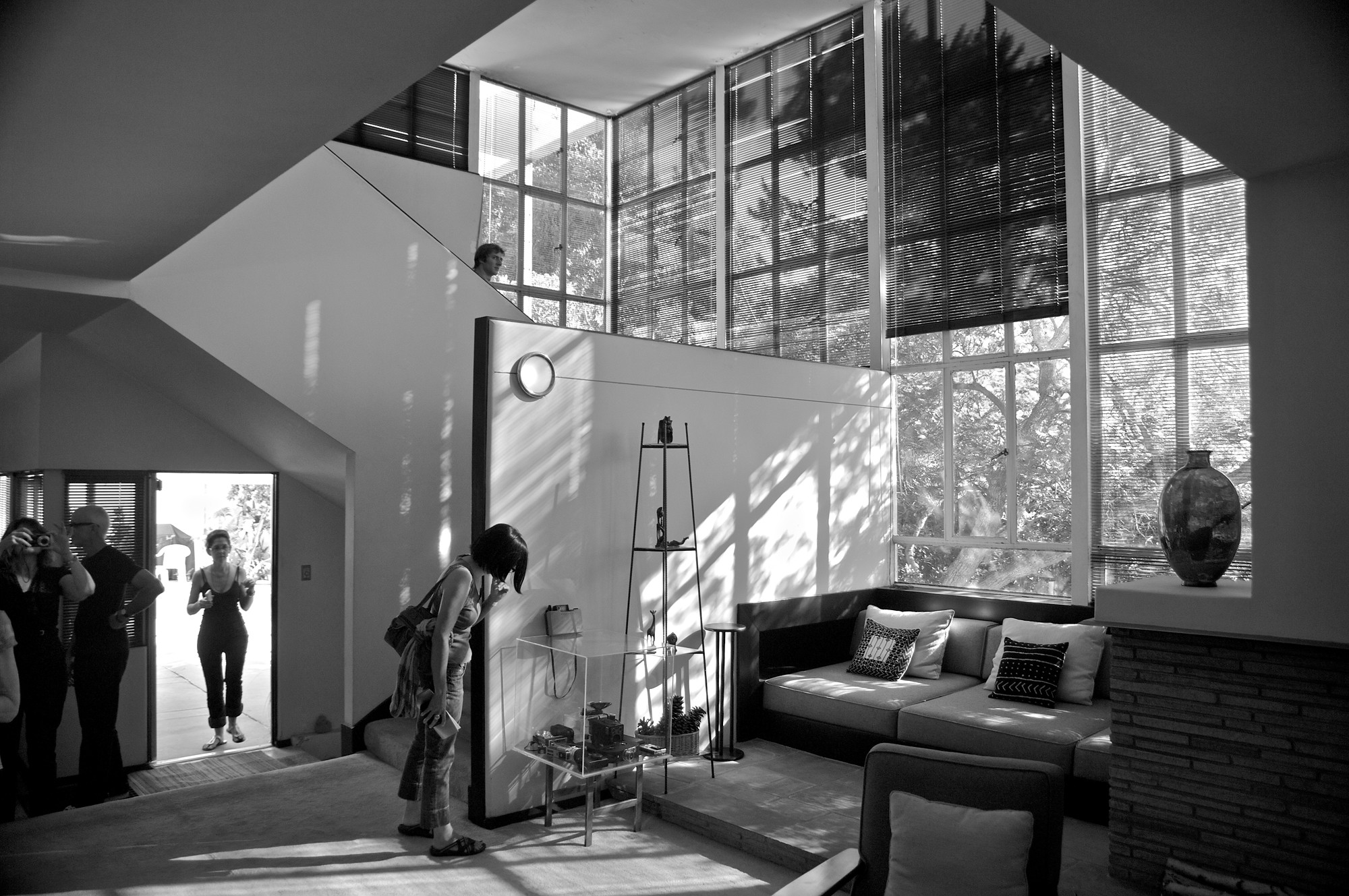
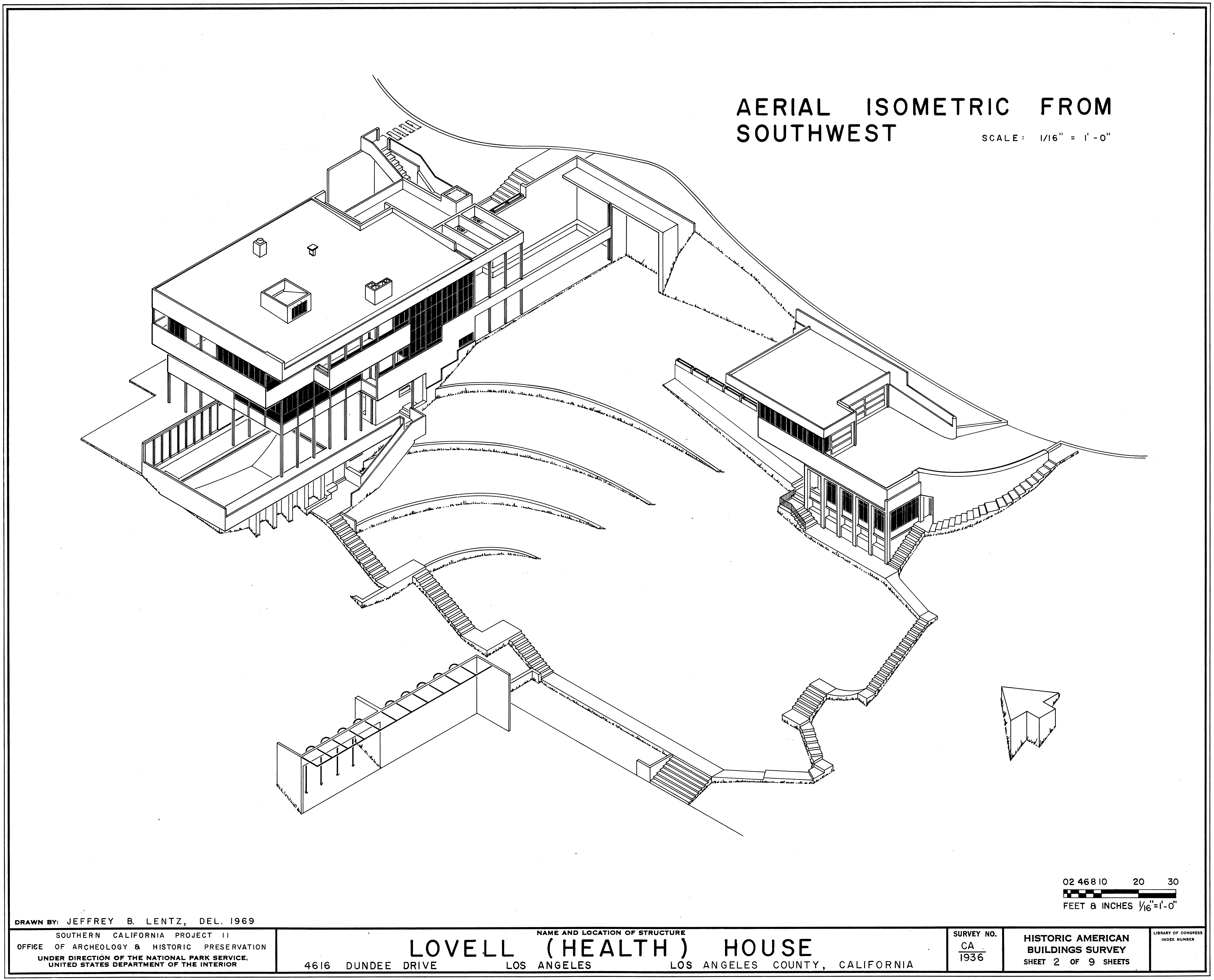

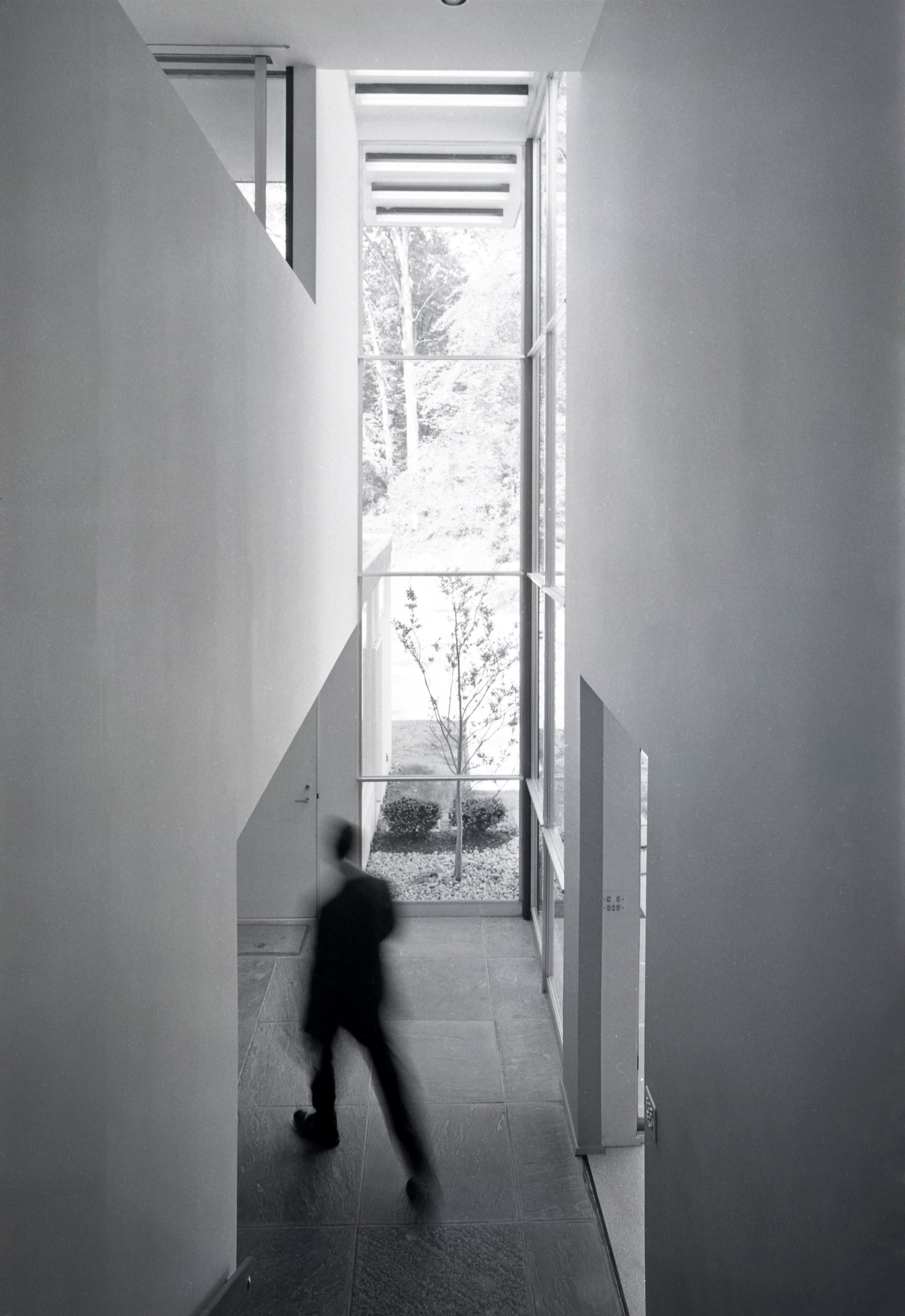
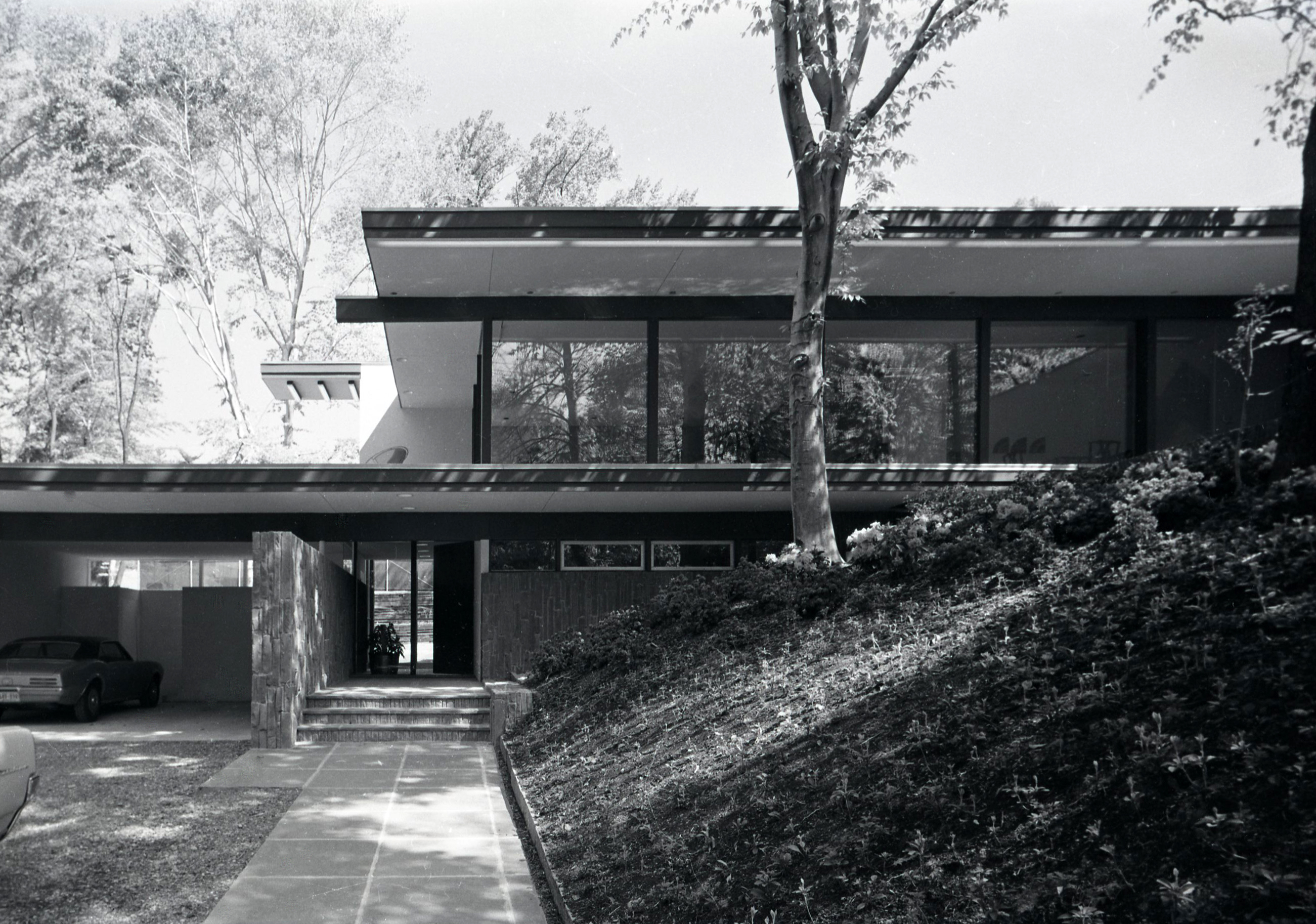
Born and educated in Vienna, Richard Neutra was influenced by the work and writings of Otto Wagner, an Austrian architect considered the founder of the modern movement in Europe. After emigrating to the United States in 1923, he briefly worked for Frank Lloyd Wright until moving west to work with Rudolf Schindler. During his career, Neutra designed hundreds of houses in the International Style characterized by rectilinear forms and open interior spaces using materials like glass, steel, and concrete. These houses typically included cantilever construction, cable-suspended balconies, and patios or porches that connected inside and outside space—nature was an important aspect of Neutra’s work. Beyond houses, Neutra also designed churches, cultural venues, and office buildings.
RJN Photo Credits
1. Courtesy University Archives Photograph Collection. People (UA023.024), Special Collections Research Center at NC State University Libraries
2. Photo by Paul Narvaez (CC BY-NC 2.0)
3. Photo by Andres Seles (CC BY-ND 2.0)
4. Courtesy of the Library of Congress, HABS, HABS CAL,19-LOSAN,66- (sheet 2 of 9)
5-7. © Robert Lautman Photography, Courtesy of the National Building Museum
1. Courtesy University Archives Photograph Collection. People (UA023.024), Special Collections Research Center at NC State University Libraries
2. Photo by Paul Narvaez (CC BY-NC 2.0)
3. Photo by Andres Seles (CC BY-ND 2.0)
4. Courtesy of the Library of Congress, HABS, HABS CAL,19-LOSAN,66- (sheet 2 of 9)
5-7. © Robert Lautman Photography, Courtesy of the National Building Museum
Eero Saarinen
Finnish-American, 1910–61“What you newspaper and magazine writers, who work in rabbit time, don’t understand is that the practice of architecture has to be measured in elephant time.”

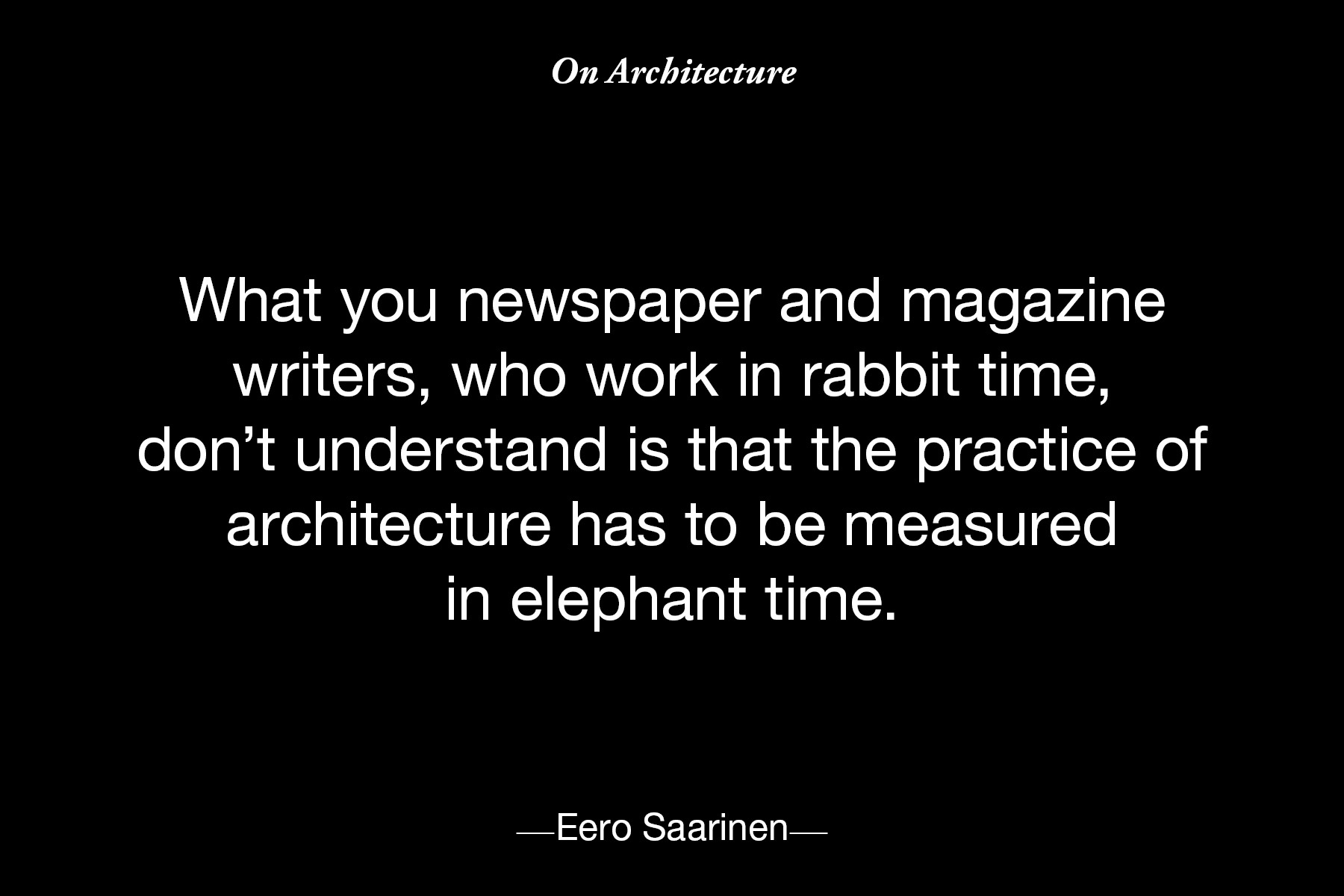




Eero Saarinen was exposed to the field of architecture early in life. His father Eliel was an architect recognized for his building and urban planning projects in Finland before moving to the United States. Eero joined his father’s firm in Michigan a few years after studying architecture at Yale University. Young Saarinen’s diverse body of work included airports, houses, monuments, office buildings, and sports facilities. His work is varied in scale, material, and form. He also designed furniture, best known for his Pedestal Collection and Womb Chair. At the age of 51, Saarinen died and left a legacy of experimental work as a visionary modern architect.
ES Photo Credits
1. Courtesy of the Library of Congress, Balthazar Korab Archive at the Library of Congress, LC-DIG-krb-00020
2. Courtesy of the Library of Congress, Balthazar Korab Archive at the Library of Congress, LC-DIG-krb-00159 (digital file from original)
3. Photo by Sam Valadi (CC BY 2.0)
4. Photo by Der Berkerzer (CC BY 2.0)
5. Photo by ehpien (CC BY-NC-ND 2.0)
1. Courtesy of the Library of Congress, Balthazar Korab Archive at the Library of Congress, LC-DIG-krb-00020
2. Courtesy of the Library of Congress, Balthazar Korab Archive at the Library of Congress, LC-DIG-krb-00159 (digital file from original)
3. Photo by Sam Valadi (CC BY 2.0)
4. Photo by Der Berkerzer (CC BY 2.0)
5. Photo by ehpien (CC BY-NC-ND 2.0)
Back to On Architecture
